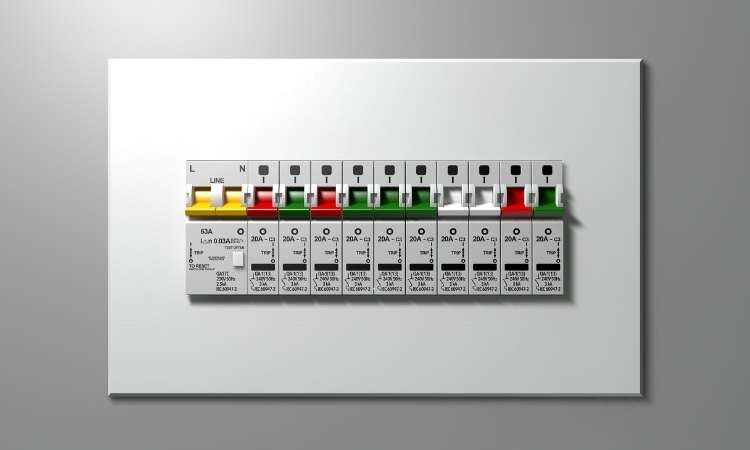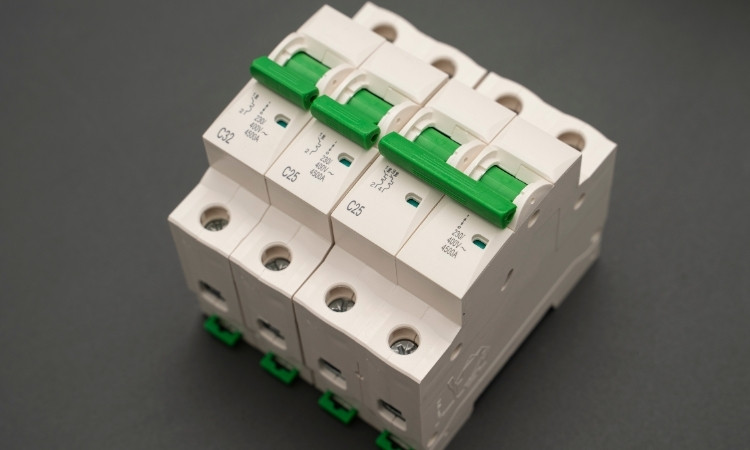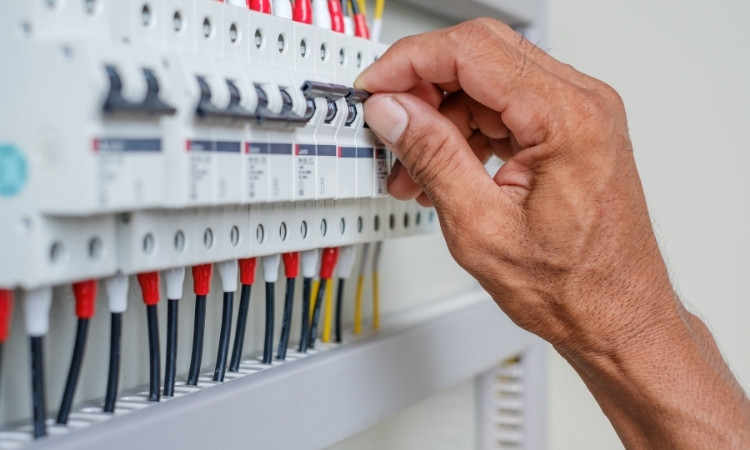Circuit breakers are truly not just life but also money savers. We, being humans, make errors, like plugging in too many high-powered devices into one electrical system, which could cause it to overheat, leading to shocks, fires, and damage to expensive appliances. Thanks to circuit breakers, these issues are prevented by switching off the electrical system the moment it senses that something dangerous may happen. You may wonder, How Circuit Breakers Work?
In this guide, we’ll tell you how they work and also what their benefits are, so that you can understand the importance of having one. LS Electrician Services Singapore explains to working of circuit breaker in Singapore. It is important to note that their professional exhaust fan installation, lighting protection system, and house rewiring services need no introduction in Singapore.
What Is A Circuit Breaker?
Ever since we started having electrical systems at home, life has indeed gotten easier. But, electric shocks, power outages, fires, and damage to appliances have increased. It’s not the fault of the electrical system, but we’re humans, and we can’t detect how many devices an electrical system can handle perfectly. Or we can forget about its limit.
To protect you from the dangers of electric shocks and fires, Circuit breakers were launched. They’re small devices connected to your electrical system, monitoring every activity and the condition. When they sense something off, like overheating or improper electrical flow, they automatically shut off the entire system.
This way, all the dangers and losses are prevented, as the system is shut off before it can cause any damage to appliances or start a fire.

What’s The Importance Of a Circuit Breaker?
Having a circuit breaker is important because of these reasons:
- Stops electrical fires by cutting power during overloads.
- Protects appliances from getting damaged by too much current.
- Prevents electric shocks and keeps people safe.
- Easy to reset—just flip the switch back on.
- Lasts longer than old-style fuses.
- Saves money by reducing repair and damage costs.
- Helps spot problems in your wiring or devices.
- Works automatically, so you don’t need to do anything when trouble starts.
How Circuit Breakers Work?
If you’re into learning about the working of circuit breakers technically, then let us tell you that.
1. The Contacts – Letting Electricity Flow
If you look into a circuit breaker, you’ll see two metal pieces. One stays still, meaning it doesn’t move and stays fixed. The other can be described as the moving contact. When the electrical system isn’t overloaded or everything is fine, both parts touch, and electricity flows through the circuit to all the appliances, powering them up.
However, when the system detects something is off with the electrical network, the moving part separates from the fixed part, stopping the electricity immediately.
2. Spotting a Problem – Fault Detection
The circuits are programmed with an advanced fault detection feature. With it, they can easily detect when too many devices are connected to the electrical system or when it’s drawing too much current. When they detect the current is too high, the circuit immediately stops the flow of electricity, shutting down the entire system.
This way, all of your expensive appliances like TVS, fridges, ACS, and heaters are protected.
3. The Trip – Cutting the Power
Once a problem is spotted, the breaker “trips.” That’s just a fancy word for flipping itself off. It uses a spring inside to snap the two metal pieces apart. Boom—no more electricity flowing through that part of the system. This protects your home from things like overheating or electrical fires.

4. Handling the Electric Arc – Killing the Spark
Now, when those metal parts pull apart, a small electric spark—or arc—can form because the current doesn’t like being interrupted. Good circuit breakers are built to kill that arc quickly, using special designs inside, like air vents or even gas. This helps stop damage and makes the shutoff safer.
5. Resetting It – Getting Back to Normal
When you notice that the circuit breaker has stopped the electricity flow, thank your lucky stars that it saved both your devices and you from potential electrical fires. To get it working again, you’ll need to reset it. But make sure to fix the issue that caused it to stop in the first place.
This usually happens when too many high-powered devices are plugged into your electrical system, overloading the current. So, unplug those devices, and then reset the circuit breaker. If, despite resetting, it continues to trip and shut off the system, there’s still something wrong. Check carefully and fix the issue.
Final Words
How Circuit Breakers Work? They’re small devices designed to detect when you overload your electrical system by connecting too many devices. The circuit breakers detect the issue and then stop the electrical flow before any electrical shock, appliance damage, or fire can occur.
It does this by snapping two metal pieces apart inside, breaking the flow. You can flip it back on once the problem is fixed. It works automatically, so you don’t need to do anything until it trips. It keeps your home and stuff safe without you even noticing.
